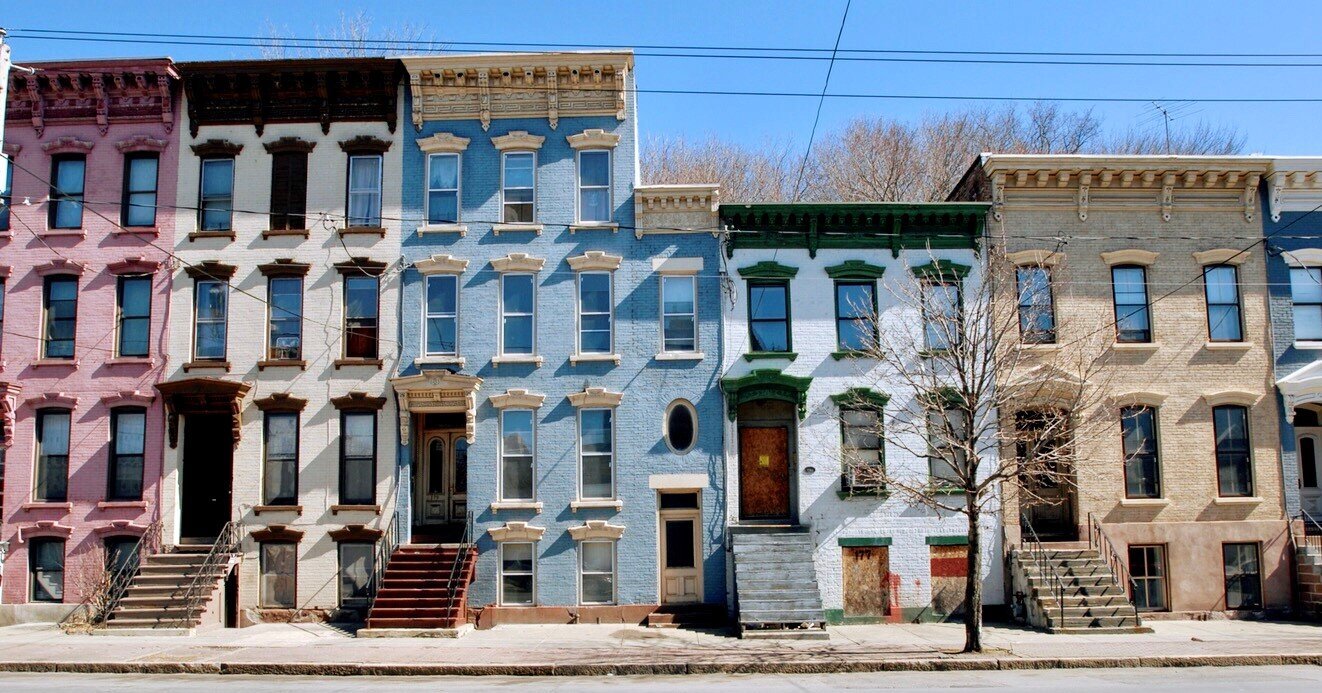Check out my books and other creative projects.
In 1969, a combination of utility companies announced they would build a $395 million nuclear power plant in Moscow, Ohio, about thirty miles southeast of Cincinnati. Named after the president of Cincinnati Gas and Electric (CG&E), the William H. Zimmer nuclear power station was expected to provide the Cincinnati metropolitan area with affordable and clean energy, well-paying jobs, and tax revenue. However, as news spread that construction on the Zimmer plant was unsafe as well as over budget, public opinion of the project soured, culminating in a consumer-led campaign that ultimately compelled investors to abandon the nuclear station in 1984.
Zimmer traces the story of the activists who worked to secure the plant's cancellation. Influenced by environmentalism, civil rights, and consumer rights, a broad-based coalition of concerned citizens—including parents, educators, local and state officials, whistleblowing construction workers, antinuclear activists, and lawyers—joined together to insist on public input and government accountability. Although the nuclear project was 99 percent complete, pressure from the anti-Zimmer campaign and government regulators along with major financial strain caused CG&E to repurpose the facility as a coal-burning plant.
By combining oral histories with government and corporate documentation, Zimmer pieces together a yet-untold narrative about political agency—demonstrating that ordinary, motivated people have the power to shape public health and energy infrastructure.
Available on Amazon, University Press of Kentucky, and in bookstores.
A history of Ohio’s oldest, continually operating public market. The book explores the history of this downtown Cincinnati market, using it as a lens to explain U.S. urban history, all its ups and downs, its beauty and its troubles. It covers major developments in urban America—industrialization, immigration, racism and white flight, federal urban policy, recent city revitalizations, and our current problems of gentrification.
Buy online at Amazon.com or Barnes and Noble.
Insignificant: A Hidden History of Women
Forthcoming book that explores American women’s and city history in an unusual way—using found objects (like a cracked plate), genealogy, and other creative research from and about women who spent time in long-abandoned historic buildings I worked to renovate. These were women ignored then and now, considered “insignificant” because they left few records. But as we enter their lives—the lives of immigrant and migrant women, institutionalized women, incarcerated women, women of color, and women with loved other women—we realize how much they have to teach us—and how far from “insignificant” they were and the places they spent time in.
Coming out late 2025 with History Press.
Historic property research.
I’ve brought the history of many old places, including buildings, to life.
Crafted through local and oral history, genealogy, and property research, I have produced 100+ place-based histories, sharing a building’s unique architectural and environmental history alongside its rich social history. Each history explores the specific building in the larger context of its home—its neighborhood, its city—and thereby engages with big urban history developments like immigration, urbanization, white flight, urban renewal, and recent re-investments in cities. I pay attention to all the people who spent time there—the women and men who built it, lived and worked in it, and otherwise called it home.
Historic property markers and art.
I help people visualize a place’s past.
I have worked with local artists to design original artwork—from plaques to posters and murals—exploring a place’s history in creative and inclusive ways.
Original research on historic Findlay Market, Ohio’s oldest continually operating public market.
For the Corporation for Findlay Market, I conducted extensive historic property research and genealogy on Findlay Market and the families who built and maintained it—from 1852 to now. I wrote histories of each building on and around the market, which are now used for walking tours, murals, and other public art. Each history shared and celebrated how immigrants, African Americans, Appalachians, and women have shaped the market and the surrounding downtown Cincinnati area.
Innovative walking tours for the Over-the-Rhine Museum.
Modeled on the New York Tenement Museum, the Over-the-Rhine Museum is an inclusive neighborhood history museum of the Over-the-Rhine neighborhood. I conducted extensive, original archival research into the neighborhood's diverse history. From my research, I created themed walking tours, highlighting local women's, African American, Appalachian, and immigrant history.
Limited edition print magazine about the craftsmanship required to preserve our cities.
Funded by the Carol Ann and Ralph V. Haile Jr./U.S. Bank Foundation and the Johnson Foundation’s People Liberty philanthropic lab.
Press coverage of Kunst Magazine—“Magazine & website to highlight art and craftsmanship in historic building renovations,” Soapbox Cincinnati, June 9, 2015.
An institutional history of Cincinnati’s park board.
Funded by the Stephen H. Wilder Foundation, I researched and wrote a detailed history and assessment of Cincinnati's park board, exploring how its members have/have not been advocates for conservation and sustainability. Wilder Foundation and Preserve Burnet Woods used the report to lobby city council for policy changes to ensure better parks management.
Here more about it here on WVXU Cincinnati Edition or here at a Woman's City Club forum on the park board.
A community storytelling workshop.
I coordinated a storytelling workshop for and with the Appalachian Retelling Project, a digital archive that shares positive stories of Appalachia from Appalachians—to counter negative stereotypes about the region. The first in a series of workshops to add to the work of the Project.
On July 8, 2023, a small group of people from around Eastern Kentucky gathered at the Mountain Arts Center in Prestonsburg, Kentucky, for the Appalachian Retelling Project’s first-ever storytelling workshop. Participants were asked to bring a physical object that represents some aspect of Appalachian culture they had experienced in their lives, and then broke into small groups to share stories about their items and Appalachian culture at large. Conversations — recorded and now transcribed — included everything from community and family ties, connections to place, and the importance of land and nature in Appalachian culture, to topics like religion, labor movements, and Appalachian women.












